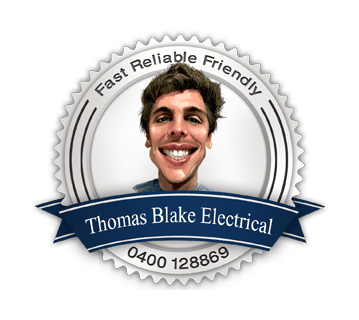A Quick Guide to Safety Switches
With today’s rapidly changing technology, there have been continuous developments in almost all fields, and the electrical services industry is no exception. Faulty wiring and short circuits can pose a danger to lives, but with the advent of safety switches, this danger has been brought significantly down. So here is a quick guide that will give you a deeper insight about safety switches:
Myths about Safety Switches
Every home has, or should have, circuit breakers and fuses to gain control over the excess electricity passage. Safety switches do not just protect your appliances but also the people in your home, too. They can even detect faults in the wirings, which you may not be aware of. It is easy to overlook such faults, but safety switches can detect them and protect your house from potential risks by alerting you to these defects. When making use of safety switches, ensure that you keep a regular check on them so that they work in a proper condition.
How Safety Switches Are Different From Fuses and Circuit Breakers
People are often confused about how safety switches work with circuit breakers and fuses. Yes, all these three electrical devices prevent the excessive flow of current and help in saving your electrical appliances, LED lighting, and wiring, but safety switches also provide protection to the people residing at that place. Fuses and circuit breakers cut down the current when it exceeds what an appliance or wiring can cope with and thus prevents it from being damaged. Safety switches provide an extra layer of protection by safeguarding the people against any kind of serious injury, electric shock, or death.
Installation of Safety Switches
Installing safety switches does not cost a fortune and is quite easy to do, taking into account the extent of safety that they offer. Every home should have safety switches to ensure the utmost safety. In fact, in Australia, since 2006, it has been mandatory for property owners to install safety switches before renting out a home if they fall under the residential tenancy agreement.
Safety switches are capable of detecting fluctuations and can shut off the power automatically when they are detected. Your business and home switchboards run all day and night. Thus it is mandatory that you protect them with safety switches to prevent any kind of mishap or fatal accidents. Safety switches are no less than an extra defence army that safeguards your home, saving lives.
Conclusion
There are many benefits of installing safety switches in your home or business as it is a way to keep yourself and your surroundings electrically safe. You should seek professional assistance from safety switches electrician to have this done by an expert.
